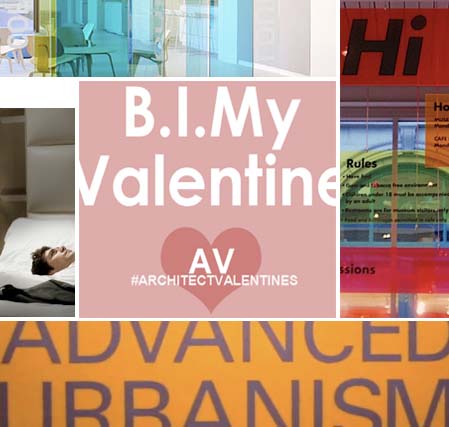Despite a growing reliance on social media, the construction industry in Australia is increasingly unsure how to use social media—with architects leading this trend. According to Infolink’s social media survey of almost 1,300 Australia architecture and construction industry professionals, nearly half of architects, 48%, say they don’t know how to use social media. This figure has almost tripled from 2012. My guess is that architects in the U.S. are feeling the same rub. I have a theory about this. There is a reason why some firms are so frustrated with social media – it’s because they are using social media in isolation of everything else they do. The fact is social media is only a tool, just like sending out a postcard, pitching a journalist, or submitting for an award. These are all tactics. Without a strategy based on a specific and achievable goal, you will not be successful with random tactics.
If you take away nothing else from reading this post, know that you need to establish a goal before you decide to execute tactics.
So pause from posting your firm’s latest accomplishment on your Facebook page, and think about what your communications aspire to do. This could be around a specific campaign –promote the findings of a research project that the firm has conducted—or it could address a greater goal of the firm such as build its presence in the independent schools market. Every firm is unique in its particular goals and challenges, so how—and which— specific communications tools (and networks) you use to reach these goals should also be unique.
If you are on the fence about social media, here are five tips to use these tools with intention:
1. Invest the time and resources needed to think through your strategy.
Lake|Flato recognized social media as an opportunity to regain some of the public visibility lost as a result of the many shelter magazines that have dropped off newsstands. But without someone who knew social media well internally, Lake | Flato was hesitant to jump in. So they asked for help. Aside from the fact that they hired us, this was a smart move because an outside perspective often helps you appreciate what you do well. We modeled a social media approach that was both unique to their firm and that could be self-sustained on their already successful social intranet. As a result, blogging and posting to Facebook and Twitter doesn’t feel like one more obligation, instead it’s a natural extension of how they were already sharing interesting ideas, projects and information.
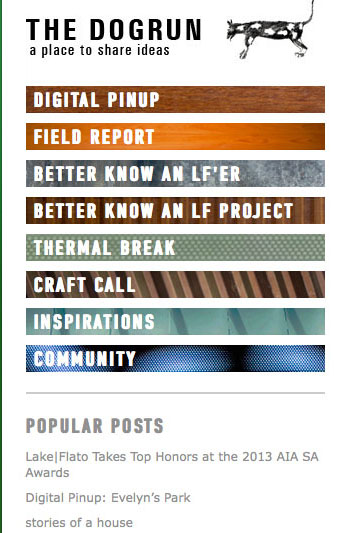
2. Integrate all your communications channels to reach more people and be more effective.
As a core expertise to the DPR brand, sustainability is threaded through their marketing messaging and communications. Social media plays a big role with about 30 blog posts written about some form of sustainability since 2011, a series of videos on sustainability-oriented topics ranging from their living lab office to adaptive reuse, net zero to the company’s history with green building. DPR shares this content on its Facebook, LinkedIn, YouTube, Google+, Twitter and Instagram. The company also publishes its expertise and research in technical papers and sends its experts to speak at conferences like Greenbuild and ULI’s Fall conference and Verge San Francisco hosted by Greenbiz. DPR aggressively pursues net zero, LEED and Living Building certification, awards, and press coverage on its sustainable projects.
Any of these tactics would certainly help advance DPR’s reputation for green building, but collectively, they present a firm that is committed to the tenets of sustainable development and recognized broadly as leaders.
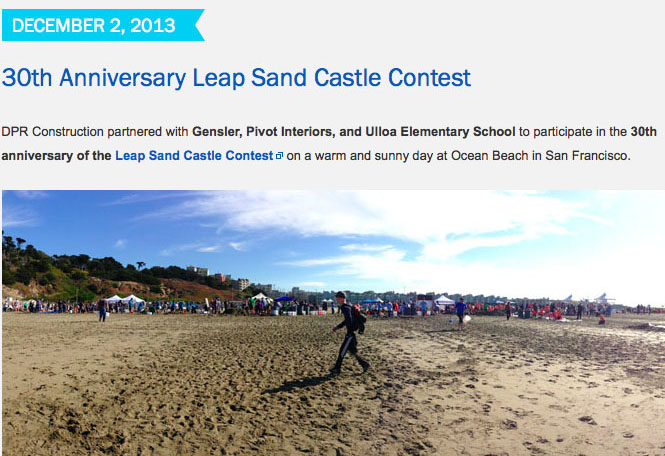
3. Recruit senior leaders as social media ambassadors (internal) and spokespeople (external).
Array Architects created a blog as a way of showing to the public the high quality of knowledge the firm has on the needs of the healthcare market. This is where the firm shares experiences from their 30+ year history and where they explore new topics as a means of helping them to understand concepts more fully. From the beginning, this effort was spearheaded by Array CEO Carl Davis. Following his example as an active contributor, Array has a total of 28 employee bloggers (as well as invited guest bloggers) who have added more than 90 posts since the Array Thoughts blog launched in June 2012. Carl continues to be one of the most frequent bloggers and the voice of the firm on Twitter. His personal investment signals to staff that blogging and social media are not time wasters—in fact, at Array they are a priority. Their commitment to developing original and thoughtful content – whether as a blog post, a Pinterest board, or a video—has helped the firm and its individuals become a trusted design advisor for healthcare community.
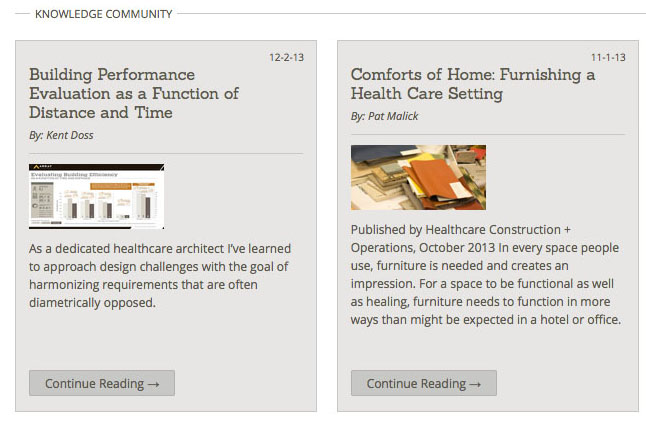
4. Accept that social media (and communications in general) is a marathon, not a sprint.
Don’t be intimidated by the pages and accounts with tens of thousands of followers—this is not a numbers game. Everyone has to start without any followers and build their network gradually. Grow your audience by contributing useful stuff and interacting with other people who you admire. It takes time and consistent effort, but people who are interested in similar topics as you will start to notice and engage with you. In time you will have an audience full of the right people. In the meantime, keep at it and celebrate the little milestones, like retweets by someone you respect, posts that inspire someone to leave a thoughtful comment.
5. You don’t need to be on every network. Pick two or three and use them well.
Consider where your audience is and how they are already using these networks and develop a strategy that fits with their behavior.
Charles Elliott is a landscape architect at LRM in Los Angeles. The firm doesn’t have a social media presence on any channel except Pinterest. As one of the principals, Charles is the firm’s front man on Pinterest. He has more than 70 boards, and over 10,000 pins. His approach is to pin beautiful examples. He attributes images to their original designer but also includes a caption that shows his grasp of the design intent and broader applications. He comes off as someone with a strong sense of design and style – even though most of what he has pinned isn’t his work. He has become a resource of outdoor design ideas to anyone on Pinterest – and has amassed over 500,000 followers through this very simple strategy.
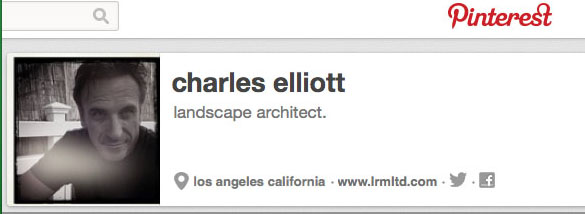
What other social media mantras have been helpful to you? We want to hear your story.

